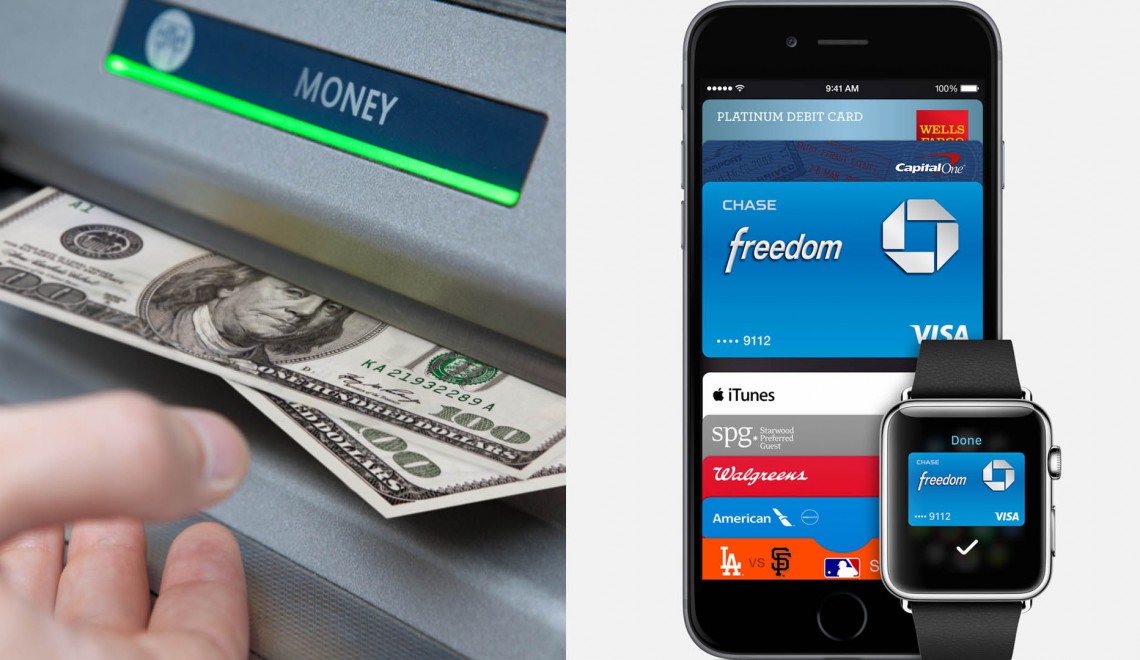It is rare for consumers to want a new technology to die, but every now and then a tech emerges that everyone can smell a mile away as being bad for the consumer. One of the clearest examples of this over the past 20 years was Divx. No, Millennials, we are not referring to the video codec, but instead a self destructing DVD developed by now-defunct Circuit City. The $4/disc product was clearly aimed to capitalize on the ignorant and ill-informed.
Last year consumers found a new technology to loath. Called CurrentC, the mobile payment system was designed by a consortium of retailers (MCX) to answer all of their needs and seemingly none of the consumers’. The system was designed from the ground up to minimize hardware investment, increase data capture of the consumer (including personal details, i.e. weight), and reduce processing fees. In case you need a quick refresh, here is how it works. The clunky mobile payment system requires you to scan a QR code on the register with your phone. The code is then sent via your phone to MCX, who then take that information and send you a QR code to complete the payment. That code is then scanned by the merchant from your phone to complete the purchase. Sounds needlessly complex to us. If the multi-step process wasn’t enough, CurrentC was designed to only function by directly accessing funds from your checking account, enabling the retailer to avoid credit card processing fees. In the process of all of this, the retailer (and MCX) skims all of your personal information, including demographics, health, purchase history, and address. Days after the launch of Apple Pay last Fall, CVS, one of the largest CurrentC backers, turned off their NFC payment terminals to block Apple Pay users. Instantly the spotlight was placed on the CurrentC (and not in a good way).
 Last fall, MCX announced that the payment platform would begin to roll out in early 2015. Over half way through the year there is still no sign of the technology. In fact, MCX recently announced a puzzling revised go-to-market strategy. The company plans on launching an “early version” of CurrentC later this year only in one mid-size market. It seems odd to choose to launch across various merchants in only one market versus one retailer in all markets. It has to be assumed that the payment solution the group has been working on since 2011 will still not ready for primetime anytime soon.
Last fall, MCX announced that the payment platform would begin to roll out in early 2015. Over half way through the year there is still no sign of the technology. In fact, MCX recently announced a puzzling revised go-to-market strategy. The company plans on launching an “early version” of CurrentC later this year only in one mid-size market. It seems odd to choose to launch across various merchants in only one market versus one retailer in all markets. It has to be assumed that the payment solution the group has been working on since 2011 will still not ready for primetime anytime soon.
It is interesting to compare this to the rollout of other mobile payment systems. Google Wallet clearly had a false start. The payment system, which has been around since 2011, never gained much traction. This was likely due to a user experience that was far from seamless. But the tech did begin the push of merchants adopting NFC equipped pay terminals. Last October Apple premiered Apple Pay which provided seamless NFC payments using the credit card of your choosing and a fingerprint. The platform launched at a number of high profile merchants simultaneously, nationwide. Now, in less than a year’s time span, Apple will be joined by Google Pay and Samsung Pay. These mobile payment systems operate similarly to Apple Pay and will continue to enforce NFC as the platform of choice for mobile payments.
You can work to regain public sentiment (just ask Exxon), but it is almost impossible to catch up when the market passes you by. If CurrentC had launched this past Winter, it would have had a chance of being salvaged. This summer…still a possibility. By this fall, when Google’s and Samsung’s payment services launch, CurrentC will be in real trouble. You do not want to be the last guy to market with the oldest and the least good-for-the-consumer technology.
CurrentC’s second big blow is that the service is beginning to loosing key merchants. Over the past month Kohl’s, Best Buy, and Dunkin’ Donuts have all been named as companies adopting Apple Pay. In fact, Kohl’s isn’t just going to start accepting Apple Pay, they are also going to one of the first retailers to offer their store credit card through Apple Pay and  their reward card; Kohl’s isn’t just moving to Apple Pay, they are going all in. For members of MCX to be switching from CurrentC before it even launches is a huge vote of no confidence. Retailers had to spend up to half a million dollars to be a CurrentC / MCX member. When they joined they also had to agree not to accept any other form of mobile payment, at the risk of steep penalties. When a retailer such as Kohl’s begins to accept Apple Pay, they are turning their back on CurrentC and investments made.
their reward card; Kohl’s isn’t just moving to Apple Pay, they are going all in. For members of MCX to be switching from CurrentC before it even launches is a huge vote of no confidence. Retailers had to spend up to half a million dollars to be a CurrentC / MCX member. When they joined they also had to agree not to accept any other form of mobile payment, at the risk of steep penalties. When a retailer such as Kohl’s begins to accept Apple Pay, they are turning their back on CurrentC and investments made.
Within the next 6 months, the viability of CurrentC will be better understood. It is tough to imagine a situation where the payment system becomes viable. The platform is too complicated, shares too much information, and is uncomfortably connected directly to your checking account. That said, if anyone can save it, CurrentC’s title backer, Walmart, might be the one able to do it. If in 6 months there is still no sign of CurrentC in the market, it will be dead and memorialized with only a Wikipedia entry.





